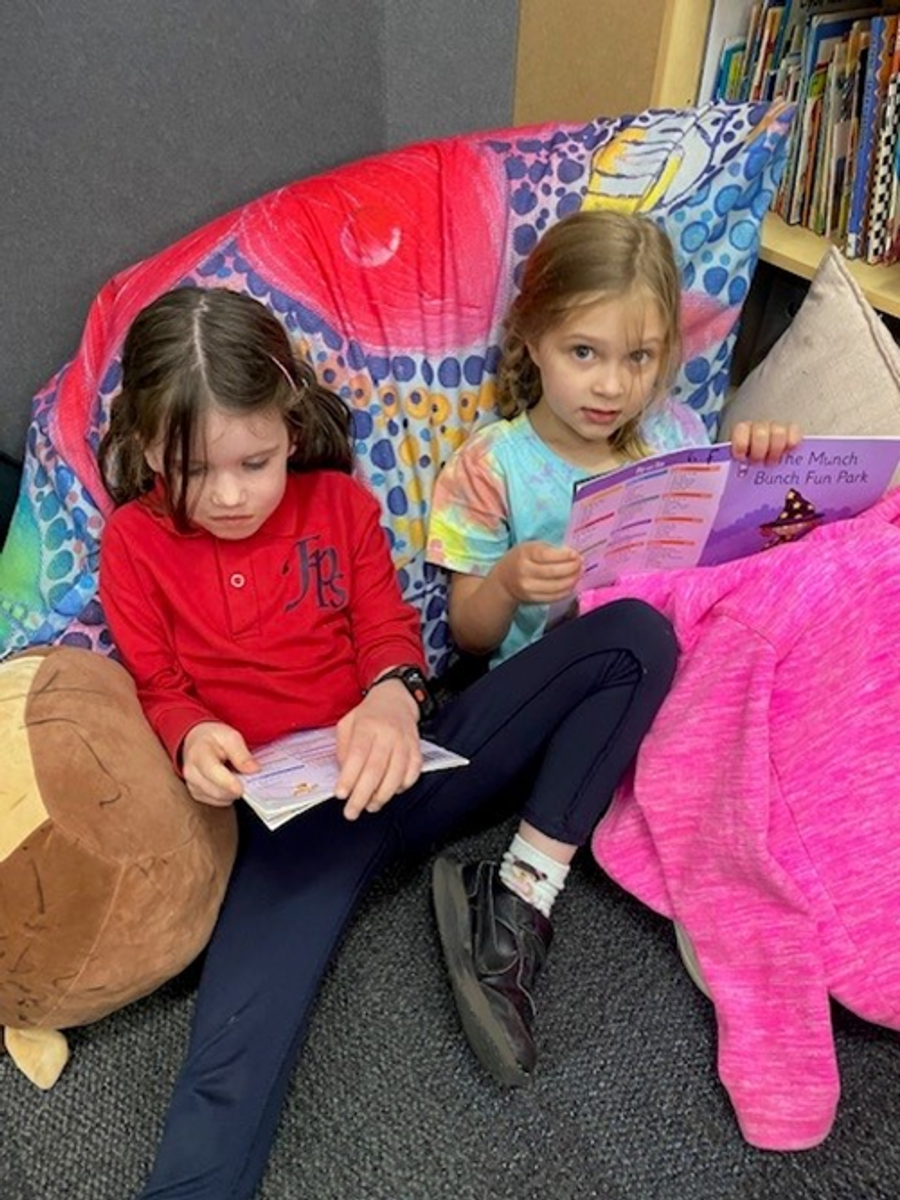Becoming a Reader
Literacy Update

Becoming a Reader
Literacy Update
As a Literacy Learning Specialist and a classroom teacher, one of the most asked questions I get from parents and carers is, “How can I help my child with their reading?”. But if we take a step back, what is reading and what does that involve? The Simple View of Reading (Gough& Tunmer, 1986), which has been empirically validated by over 150 scientific studies, outlines the abilities readers need to understand and construct meaning from a text as:
word recognition × language comprehension = reading comprehension
Reading comprehension is not the sum, but the product of two components – word recognition and language comprehension – which means if either one is weak, reading comprehension is diminished. No amount of skill in one component can compensate.
The role of decoding in reading is vital according to The Simple View of Reading (Gough& Tunmer, 1986). Many people did and still do believe that strong decoding skills are not necessary to achieve reading comprehension if language abilities are strong. Beginning and struggling readers are often taught to compensate for weak decoding by guessing an unfamiliar word based on the first letter or the picture, then asking themselves if the word makes sense after reading the sentence. In contrast, when learning to decode, students are taught to sound out unfamiliar words using all the letters and sounds and to practise reading accurately until an adequate reading rate is achieved, along with accurate decoding.
When students have become skilled readers, we turn next to Scarborough’s Reading Rope guide for our reading lessons.


Scarborough’s Rope (Scarborough, 2001) is a visual metaphor for the development of skills over time (represented by the strands of the rope) that lead to skilled reading.
Here are some snapshots of our young readers:










“The take-home books are too easy for my child. They can finish them very quickly. Can they take home harder books?”.
This is also one of the most common questions I get asked by parents. Teachers will assess the student and if their “reading comprehension” has improved, they will gladly suggest or provide the student with more complex texts. However, if only one of the components has improved, it is not beneficial for the student to read more complex texts.
Please access this website if you need more ideas about how to help students with their reading at home.
Here is another resource about how the brain learns to read.
Speaking about reading, Paul has mentioned in his previous newsletter about our resourceful library. Apart from my classroom, the library is my favourite place to take my students. This is a place where they can read by themselves or share with their mates about their favourite books.
Remember to ask your children to share with you what books they have borrowed from the library for the week and get them to share the books with you. Here are some of our library snapshots.








Until my next newsletter, happy reading and sharing books!
~ Binh Hoang, Literacy Coordinator